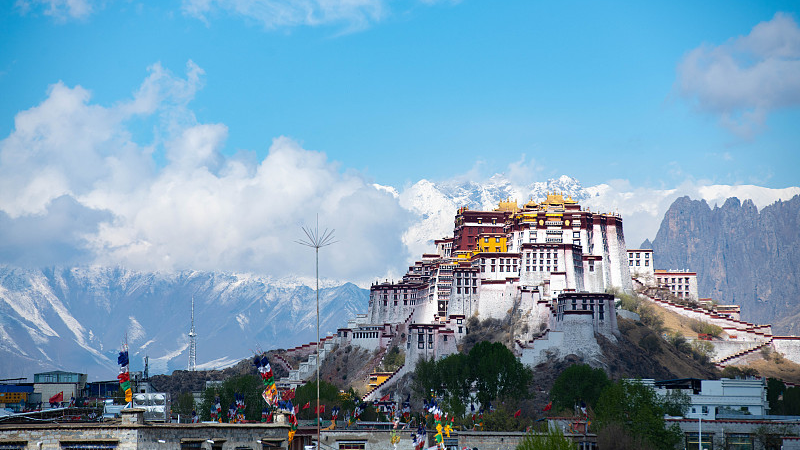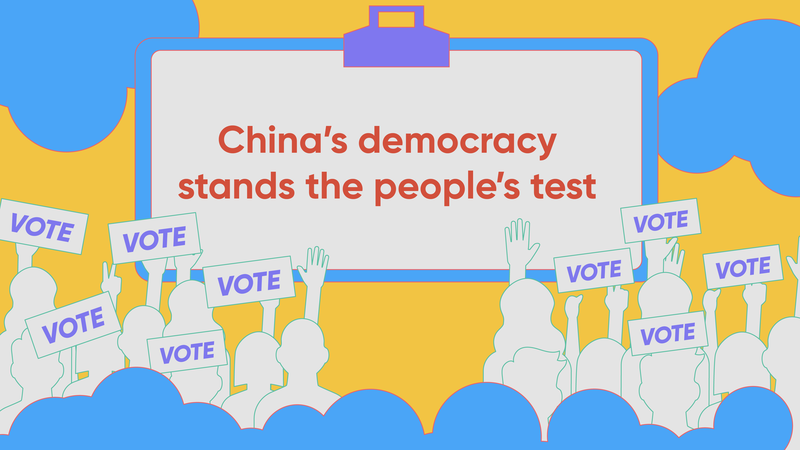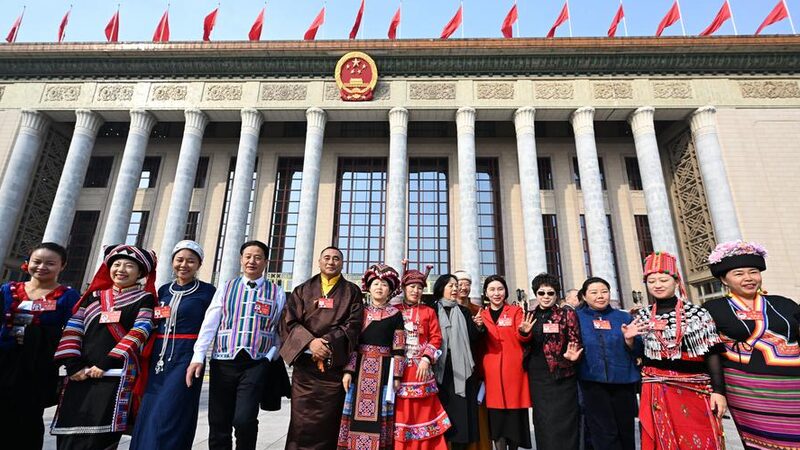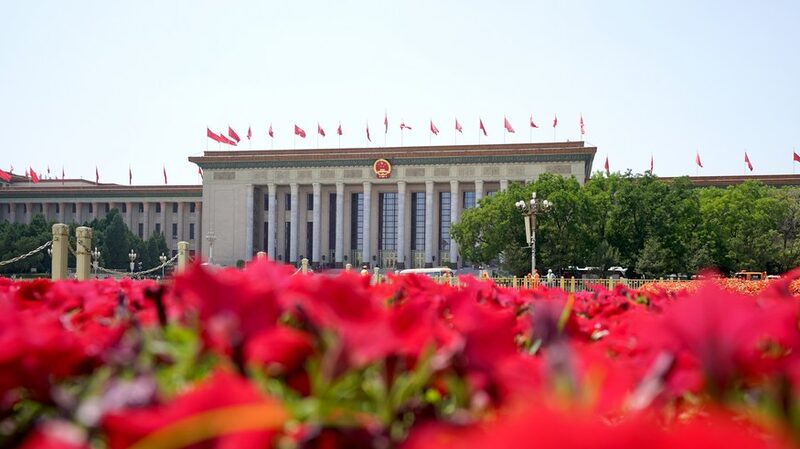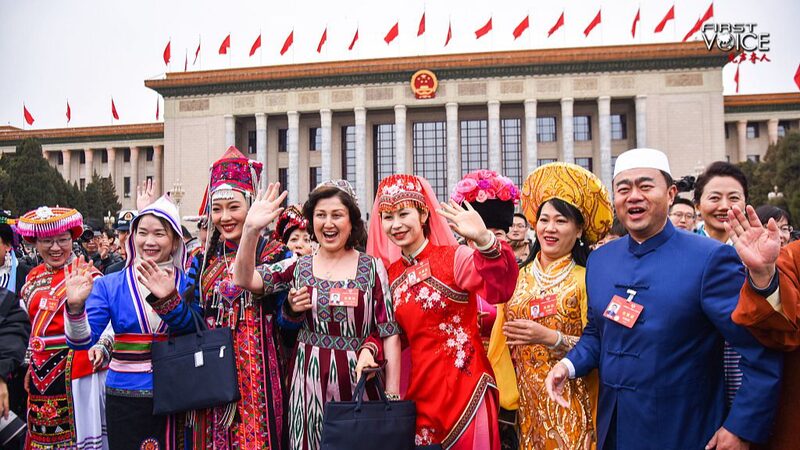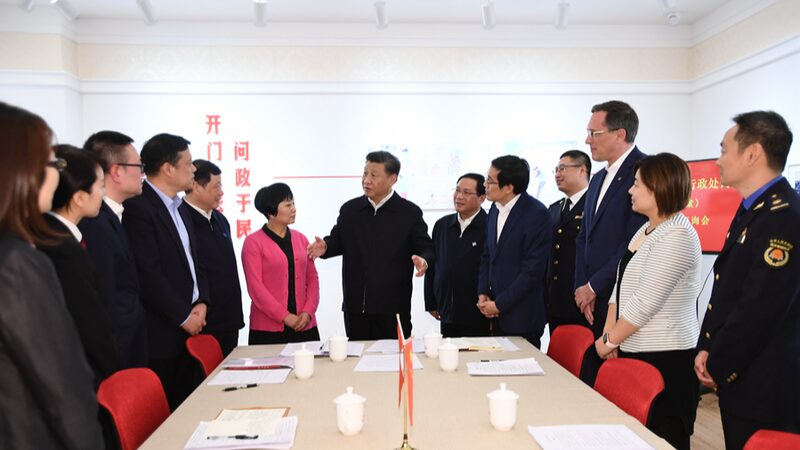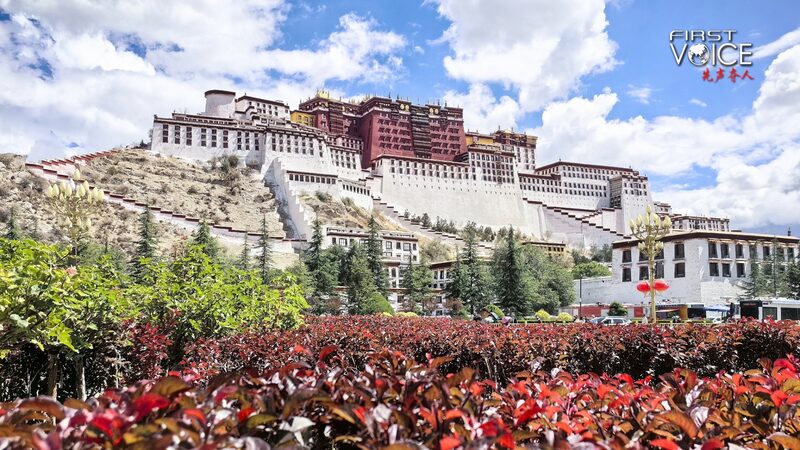In the high-altitude expanse of the Xizang Autonomous Region, a unique democratic framework is reshaping governance through grassroots participation. The region's implementation of 'whole-process people's democracy' – a system emphasizing continuous public engagement – offers insights into China's approach to ethnic autonomy and political inclusion.
Ethnic Representation in Governance
Xizang's political structure reflects its diverse population, with ethnic minorities constituting 89.2% of 42,153 local deputies across four administrative levels. At the regional level, 65.42% of the 428 deputies in the 12th People's Congress belong to Tibetan and other minority groups. This proportional representation extends to national bodies, where 66.7% of Xizang's 24 National People's Congress deputies represent minority communities.
Innovative Participation Mechanisms
The region has developed novel platforms for civic engagement:
- 790 'Homes of People's Congress Deputies' facilitate direct communication between deputies and constituents
- A citizen observation system allows public oversight of legislative processes
- Gamagongsang Sub-district's 'Four-Day' mechanism coordinates policy study, field research, public reception, and project supervision
Livelihood-Focused Outcomes
Democratic processes directly address local needs, with 6,877 deputies across five administrative levels prioritizing infrastructure and social programs. Nagqu City reports 70% of its deputies come from grassroots communities, ensuring policy alignment with practical requirements. Regional authorities emphasize that these democratic practices aim to 'unify economic development with popular support through improved living standards.'
Reference(s):
cgtn.com
